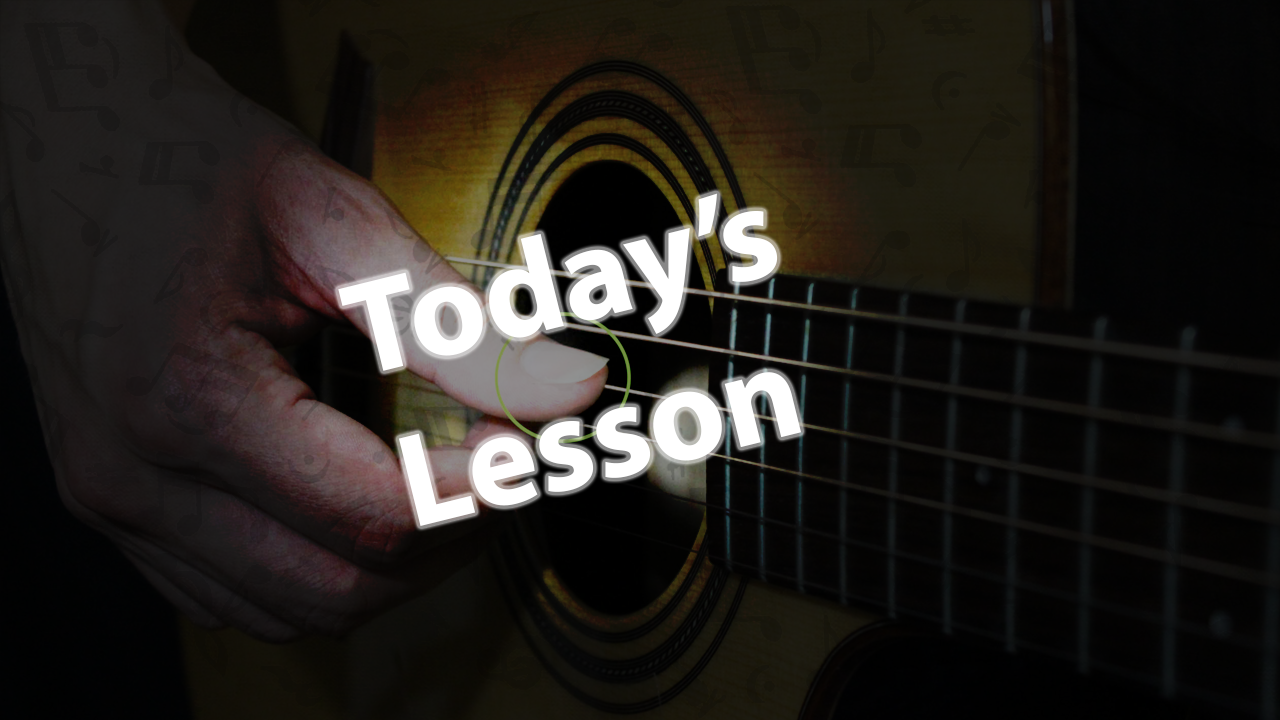Introduction
Guitar vibrato is a technique used to add expression and emotion to your playing. It involves bending and releasing a string rapidly to create a subtle wavering effect in pitch. There are various vibrato techniques that can be employed to achieve different sounds and styles.
Classical Vibrato
Classical vibrato is a subtle and controlled technique that is commonly used in classical music. To perform this type of vibrato, you will need to bend the string back and forth with your fingers while maintaining a steady rhythm. Classical vibrato adds a smooth and elegant sound to your playing.
Blues Vibrato
Blues vibrato is a more aggressive and intense technique that is often used in blues and rock music. To achieve a blues vibrato, you will need to bend the string aggressively and quickly, creating a sharp and powerful effect. Blues vibrato adds a raw and gritty sound to your playing.
Wide Vibrato
Wide vibrato involves bending the string more than usual to create a wider pitch range. This technique is often used in genres like metal and hard rock to add intensity and drama to your playing. Wide vibrato can be achieved by bending the string further and more aggressively than with other vibrato techniques.
Finger Vibrato
Finger vibrato is a technique where the vibrato is produced by moving the fretting finger back and forth on the string. This technique allows for a more controlled and subtle vibrato that can be used to add emotion and expressiveness to your playing. Finger vibrato is commonly used in jazz and classical music.
Conclusion
Vibrato is an essential technique for guitarists looking to add expression and emotion to their playing. By mastering different vibrato techniques, you can achieve a wide range of tones and styles in your music. Experiment with the various vibrato techniques mentioned above to find the one that best suits your playing style and musical preferences.


0 Comments